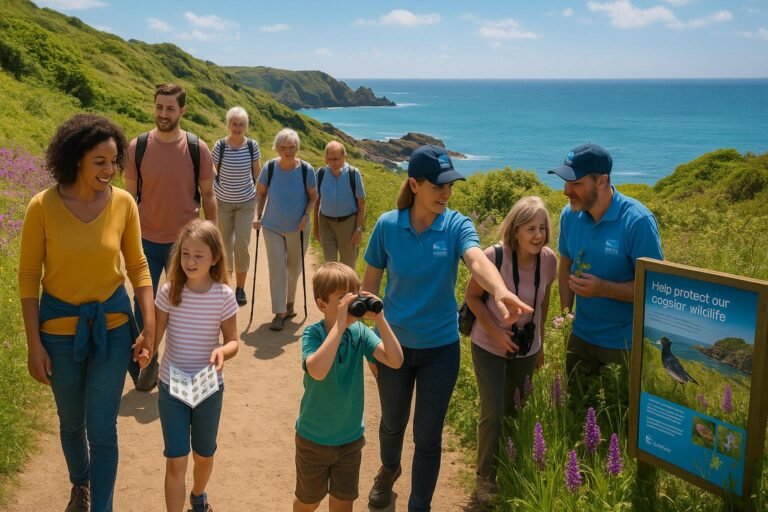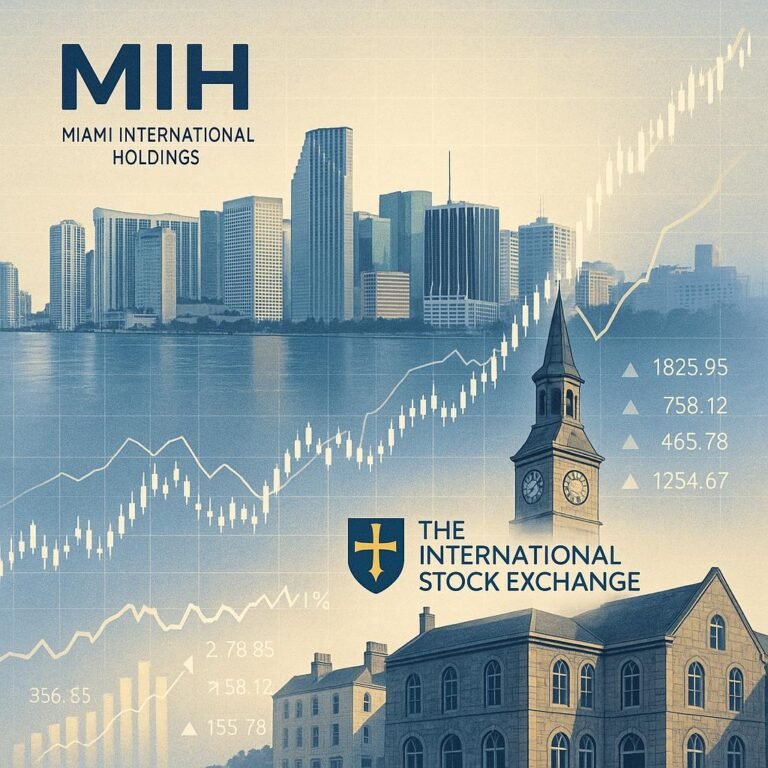
Biodiversity Mapping: A Pivotal Moment for Guernsey’s Environmental Future
In a landmark initiative, Guernsey’s recent biodiversity mapping project offers a comprehensive snapshot of the island’s ecological landscape, blending scientific precision with community-driven conservation efforts. The project represents more than a mere inventory; it is a strategic roadmap for environmental preservation and sustainable development.
Scientific Perspective
Environmental researchers highlight the project’s methodological rigor. Phase one habitat surveys, conducted between April and October, provide a nuanced understanding of the island’s diverse ecosystems. These systematic assessments are crucial for establishing baseline ecological data, enabling more targeted and effective conservation strategies. You can explore related initiatives in the Native Habitat Restoration Guide – Nature Commission Guernsey.
Community and Policy Implications
Local policymakers view the mapping project as a critical tool for balanced land management. The proposed inclusion of over 50 new Areas of Biodiversity Importance (ABIs) demonstrates a progressive approach to integrating ecological considerations into urban planning and development frameworks. Insights into planned policy changes are outlined in the Island Development Plan – Summary of Revised Draft Plan Amendments (2025) and highlighted by local leaders such as IDP Focused Review – Women in Public Life.
Challenges and Opportunities
Despite the promising results, experts caution that mapping is just the first step. Climate change, invasive species, and ongoing development pressures continue to challenge Guernsey’s biodiversity. The mapping project provides a foundation, but sustained commitment and adaptive management will be essential. The Botanical Survey Window Opens for Biodiversity Net Gain Projects – Savills Guernsey offers insights into similar initiatives supporting biodiversity growth.
Broader Context
Guernsey’s initiative offers valuable insights for other small jurisdictions grappling with environmental preservation. By prioritizing data-driven conservation and community engagement, the island is positioning itself as a potential model for sustainable ecological management. Global shifts underscore its relevance, as detailed in 2025: A Turning Point for Biodiversity – New Private Markets.
Conclusion
The biodiversity mapping project represents a significant milestone in Guernsey’s environmental stewardship. It underscores the importance of comprehensive, collaborative approaches to understanding and protecting natural ecosystems.





